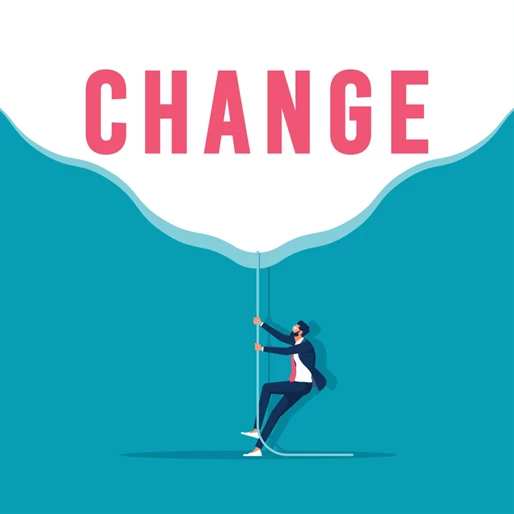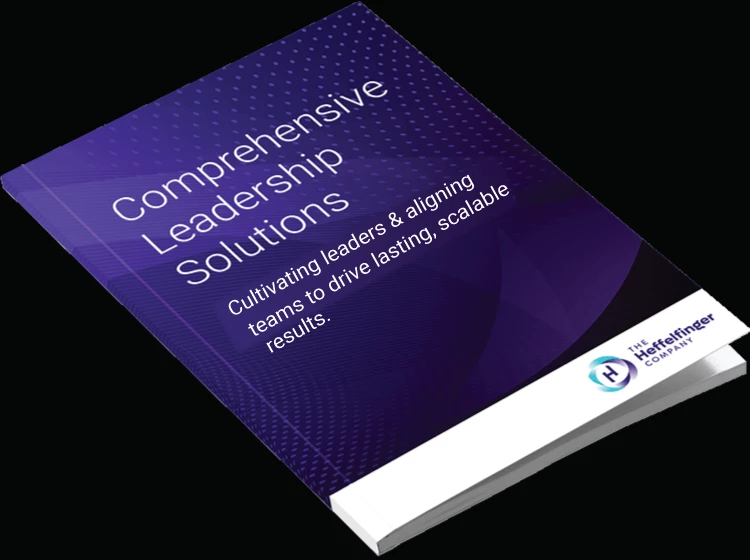“Engaged, psychologically safe teams with love at the center perform better!” - CEO & Founder of A Human Workplace, Renée Smith.
Welcoming new employees to the team is a vital yet complex task for Employers. Although it requires time and effort, effective onboarding is crucial for establishing a positive foundation for the employees and the company's long-term success. This guide offers tips to help your team efficiently organize and simplify the onboarding process, ensuring a smooth integration of new team members into the workplace.
What is Employee Onboarding?
Onboarding is a structured system for introducing new employees to their fellow employees and integrating them into their teams, systems, and processes to help them succeed at the organization. It is a structured process that involves orientation, training, and familiarizing new hires with their roles, responsibilities, and the organizational environment. Employee onboarding aims to help employees adjust to their new work environment, understand the company's values and goals, and become productive team members.
The process typically begins with the acceptance of an employment offer. It continues through the waiting period, the start of employment, the first day, and the orientation period, and sometimes extends through the employee’s first year. Most people miss that onboarding is about the employees joining the company and the teams they will work on and meeting the people they will have to collaborate with to succeed.
“People-Centered” Employee Onboarding
The onboarding system starts with the decision to hire a new person, the keyword being "person." The hiring team should always be mindful of the fact that they are working to hire a human being who will collaborate and work with other human beings in the organization. The onboarding system, therefore, needs to be human-centered. Each step and each process, when being developed, needs to be checked against whether it is human-centered. If not, what would it take to make it that way?
What is a Human-Centered Workplace?
At Heffelfinger Company, we work with A Human Workplace to help our clients bring people back to the forefront of the workplace through a philosophy of “More Love, Less Fear.” This is important because organizations that create a culture where employees feel engaged and psychologically safe simply perform better. An effective, human-centered approach to onboarding can ultimately speed the journey to peak job performance.
Workplaces are noticing a shift in how employees expect to be treated, from the onboarding process through the day-to-day of their jobs. “This generation of workers urgently seeks to end fear-based and dehumanizing workplace practices and to elevate behaviors that create care, joy, and meaning. We’ve seen how rehumanizing the workplace creates better results for teams and organizations and benefits communities and families too!” shared CEO & Founder of A Human Workplace, Renée Smith.
6 Steps to Employee Onboarding
With the concept of people-centered onboarding in mind, we can turn to six steps for handling employee onboarding effectively:
1. Consider HR Software with Onboarding Features
HR software with onboarding features can decrease the workload for the HR team and provide an optimized experience for new employees. Just keep in mind that HR software on its own is cold and inhuman. Onboarding software used as anything other than a guide is a significant error. An overreliance on technology creates an environment that allows people to not be human with each other.
2. Decide How Long Onboarding Will Take
Figure out how much time the onboarding process will take to set employees up for success. Consider the work involved in filing paperwork, learning about the job, and training. Usually, onboarding lasts at least six months, sometimes even a year. Checking in with new employees regularly during this time is crucial.
3. Get Organized Before the First Day
Before the new person starts working, use the time between when they agree to the job and their first day to prepare things for them. Prepare new-hire paperwork they will need to complete, set up their online accounts, and assign technology such as a phone and laptop. Don’t forget to set up their workspace! Send them an email with all the details for the first day so they know what to expect and can come prepared.
4. First Day Welcome
On the first day, make the new employee feel comfortable and welcome. Try to finish most of the paperwork before the first day. Give them a welcome packet with a welcome letter, new hire paperwork and HR documents, company paraphernalia, and access to theEverything DiSC® personal assessment tool. Show them around the building (if you work in person), introduce them to the team, provide resources they will need for their job, and help them set up their workspace. Show them where their coworkers eat lunch, or better yet, take your new hire out to a welcome lunch with some key team members. If you are planning to assign a mentor, be sure to make a special introduction.
5. Define the Job, Set Goals, and Explain Company Culture
On their first day and throughout that first week, clearly explain the job, set goals, and discuss how the company works. Ensure the employee understands what's expected of them and what a typical day will look like. Set goals with them for three, six, and nine months. Provide their first assignment and ensure they understand how to complete it, then review the key projects they will be working on for their first three months. These steps will help them feel confident and reduce stress.
6. Conduct Regular Check-Ins
Meet regularly with the new employee. Discuss their progress, answer questions, and provide support. Use measurable goals to see how well they're doing and ask for feedback about the onboarding process. Continuous feedback during the first year helps improve job satisfaction and keeps employees happy and productive. Some good check-in points may be at the end of the first week, the end of the first month, and then three and six months.
Building a good onboarding process is essential to ensure new employees feel comfortable and confident in their new job. It also helps the company by reducing employee turnover.
Are you ready to commit to a people-centered onboarding process that sets employees up for success? Contact us today to get started!
Warmly,
James & Lori
James Jackman & Lori Heffelfinger
Sources:
Sherone Duggan. How to build a new employee onboarding process. https://resources.workable.com/tutorial/employee-onboarding. Accessed 11/14/2023.
Chauncey Crail, Rob Watts. The Onboarding Process: A Step-By-Step Guide. 5/26/2023. https://www.forbes.com/advisor/business/onboarding-process/. Accessed 11/14/2023.
A Human Workplace. 2020. https://www.makeworkmorehuman.com/. Accessed 11/14/2023.







